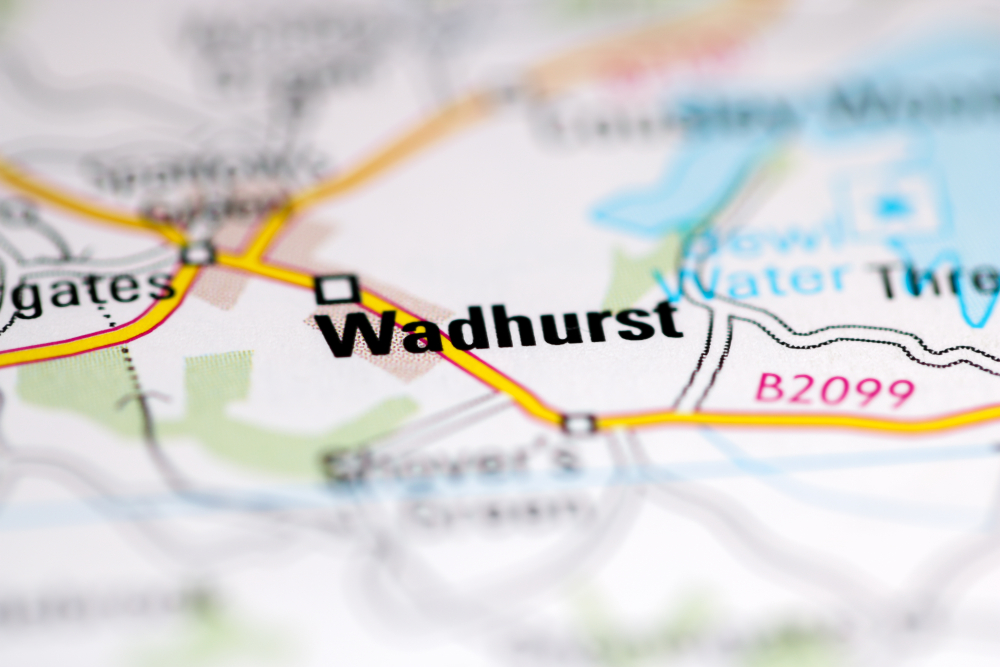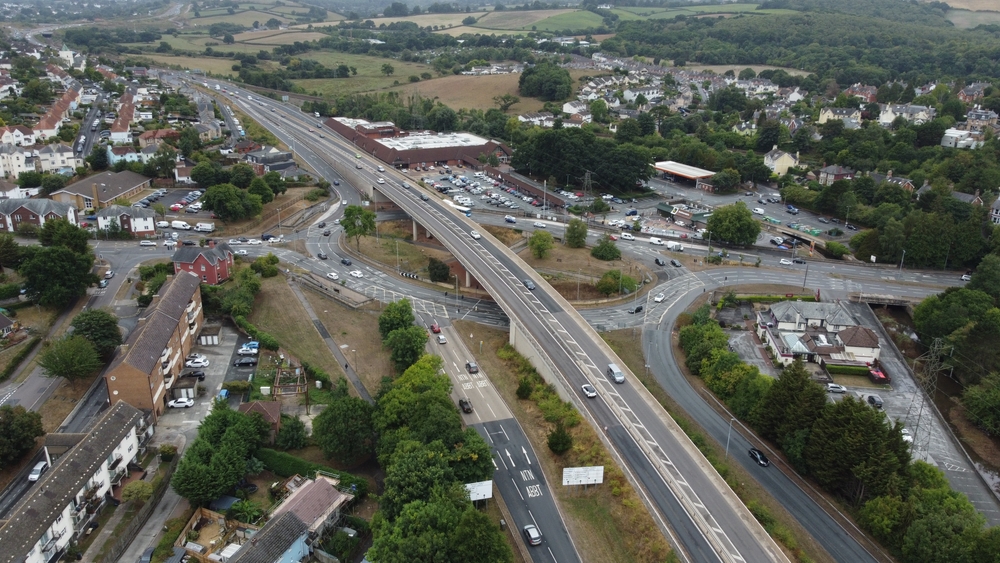Location Overview: Wadhurst is a picturesque village located in East Sussex, nestled on the edge of the High Weald Area of Outstanding Natural Beauty. It has a rich history, with origins dating back to the Saxon period and a charming selection of historic buildings, including the Grade I listed St. Peter and St. Paul Church. The village is well-connected by train, with direct services to London, making it a popular spot for commuters. Wadhurst is surrounded by beautiful countryside, offering numerous walking and cycling opportunities, including the nearby Bewl Water reservoir. With its quaint shops, pubs, and strong community feel, Wadhurst is a peaceful and desirable place to live.

Our Driving Course Types:
We cater for both business and private clients across the UK. Our courses include:
* Confidence training
* Motorhome training
* General advanced courses
* Motorway driver training
* UK Familiarisation
* Company drivers, which include both car and van
* Pre-court courses
* High-performance driver training
We provide nationwide coverage across the UK and deliver on-road training directly at your preferred location using your own vehicle. The training is customised to suit your specific needs, whether you are a business or private client.
Bespoke Driving Course Content:
Although the courses we offer are very different, there are still some generic points we include; the key difference is how we deliver them to the client. For example, boosting confidence for a young driver will look very different to boosting confidence for a driver with 50 years of experience.
Below are some of the common things we look at and develop during our driver training sessions.
* Looking at a driver’s specific day-to-day driving and driving history to make a bespoke training plan
* Looking ahead and developing powers of observation
* Increasing focus on speed and excessive speed
* Modifying attitude towards a safer, more proactive way to drive
* Learning the System of Car Control
* How to avoid road rage situations
* Manoeuvres, reversing, and operating in confined spaces
* Driving safety on the motorway and dual carriageways
* Becoming a safer urban driver – identifying and dealing with pedestrians and cyclists
* Learn how to drive in a more environmentally friendly way
* How to boost driving confidence
* Identifying high-risk driving, such as at night, driving tired or when stressed
The personalised nature of our training means we can vary the time we spend on specific points. It all depends on the driver and what’s best for them.
Discover Our Course Options and Durations:
Our UK-wide courses are available for both van and car drivers. Here’s an overview of the different duration options:
- One Half-Day 3.5hrs – The shortest and most cost-effective option in our range. It’s perfect for companies training multiple drivers, but may be too brief for some individuals.
- Two Half Days – 2 x 3.5hrs – This option is ideal for those who can’t commit to a full day of driving and prefer splitting the training into two sessions for better retention. Drivers often receive “homework” between sessions to practice what was covered, helping reinforce learning. It’s a popular choice for older drivers.
- Full day (7hr) – A full-day course is more economical than two separate 3.5-hour sessions and works well for those with limited time. This option is great if your company has requested the training, or if you feel a full day would be more suitable. For business clients, we also offer the flexibility to split a full day into AM and PM sessions.
- Longer Sessions (3, 4, or 5 x 3.5hrs) – For those with specific driving challenges or who haven’t driven in some time, we offer extended courses spread over several weeks. These are perfect for individuals needing more comprehensive training to address long-standing issues.
Get in touch today for more information about how we can help you. Either use the contact form on this page or call us.

Our driver training covers a wide range of roads, some of which include:
- High Street – The central road running through the heart of the village, lined with shops, cafes, and historic buildings.
- Station Road – Leading to Wadhurst railway station, providing access to transportation links to London and surrounding areas.
- Culverden Down – A road connecting Wadhurst to nearby villages and towns, offering access to the surrounding countryside.
- The Hill – A road running from the High Street that climbs towards the higher parts of the village, offering scenic views.
- Speldhurst Road – A road that leads out of Wadhurst towards the neighboring village of Speldhurst and other areas to the north.
These roads form the core infrastructure of Wadhurst, connecting the village to its surroundings and offering easy access to both local and regional routes.
Risks and Hazards in Wadhurst:
While Wadhurst is a relatively peaceful village, there are some roads that can be considered more hazardous due to factors like narrow lanes, sharp bends, or high traffic volumes. While it’s important to note that safety can vary with weather and traffic conditions, the following roads are often cited as potentially more dangerous:
- The Hill (A267) – A steep, winding road that connects Wadhurst to the higher parts of the village. The sharp bends and inclines can be tricky, especially in wet or icy weather.
- Culverden Down – This road can be narrow and winding, with limited visibility around bends and hedges, which can pose a risk, especially to drivers unfamiliar with the area.
- Speldhurst Road – Leading out of Wadhurst towards the village of Speldhurst, this road has tight corners and some sections with little to no street lighting, making it hazardous after dark or in poor visibility.
- Station Road – While not as dangerous as the others, Station Road can see heavy traffic, particularly around the station, and tight road sections make it tricky during peak commuter times.
- Park Lane – This road has some narrow stretches, sharp bends, and limited visibility in places, increasing the potential risk, especially when combined with rural traffic.
Always exercise caution on these roads, especially in adverse weather conditions, as these are common areas where accidents could happen.
